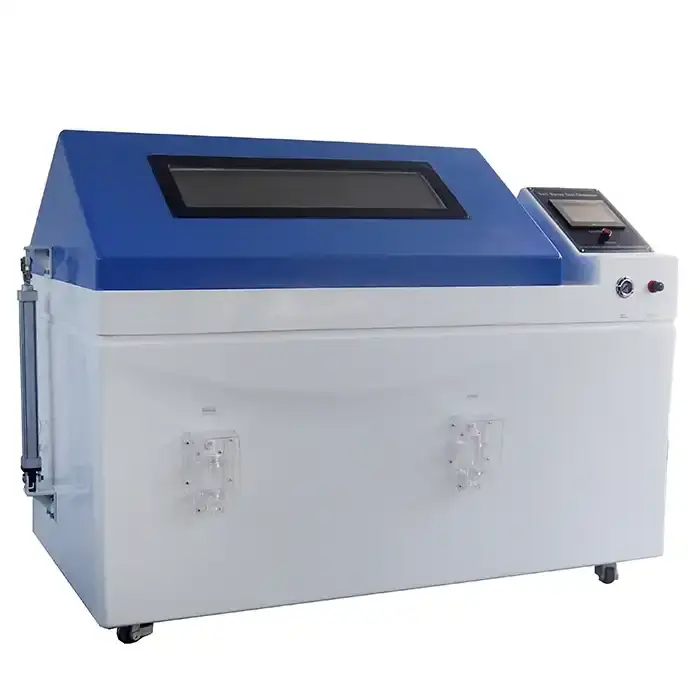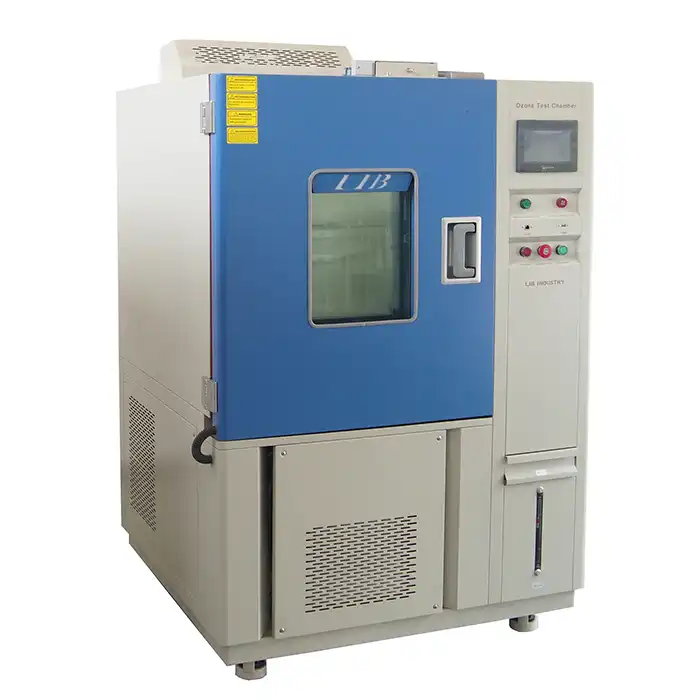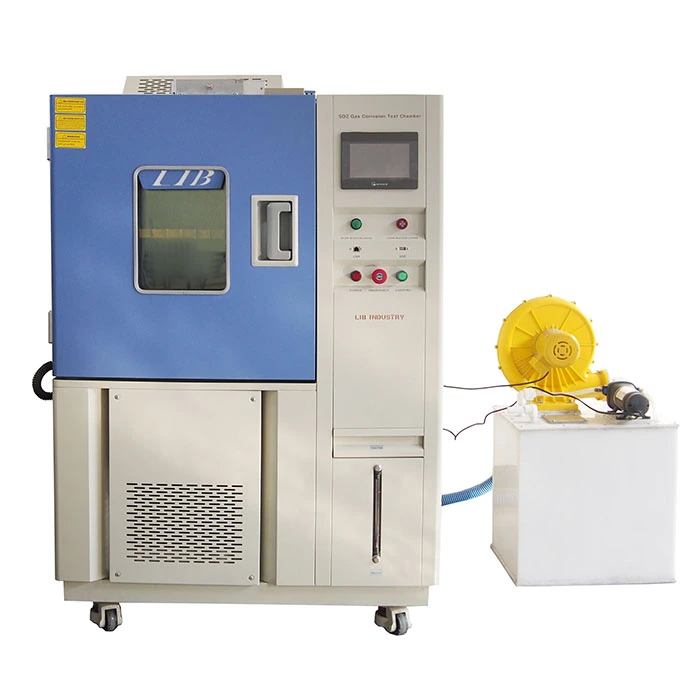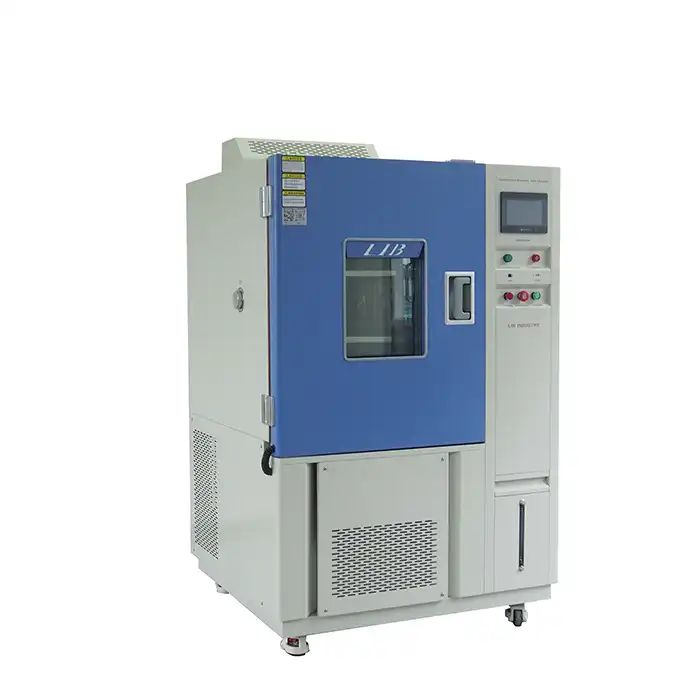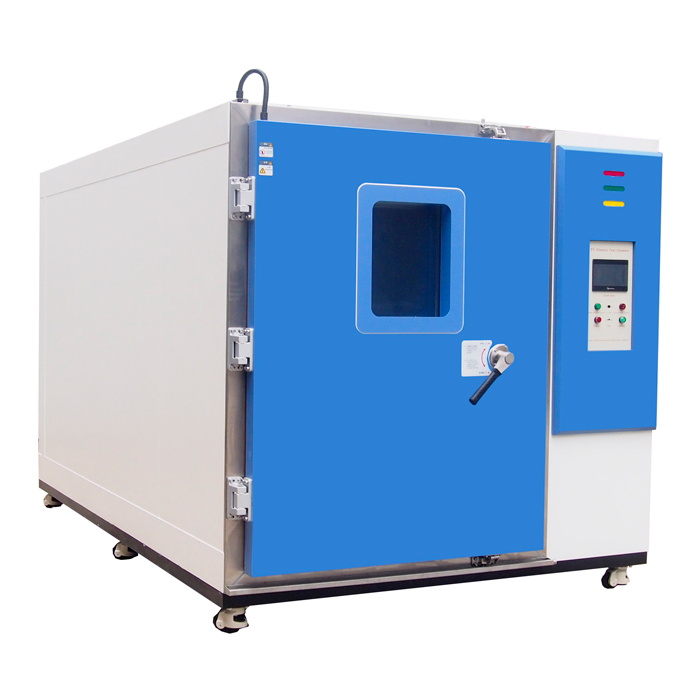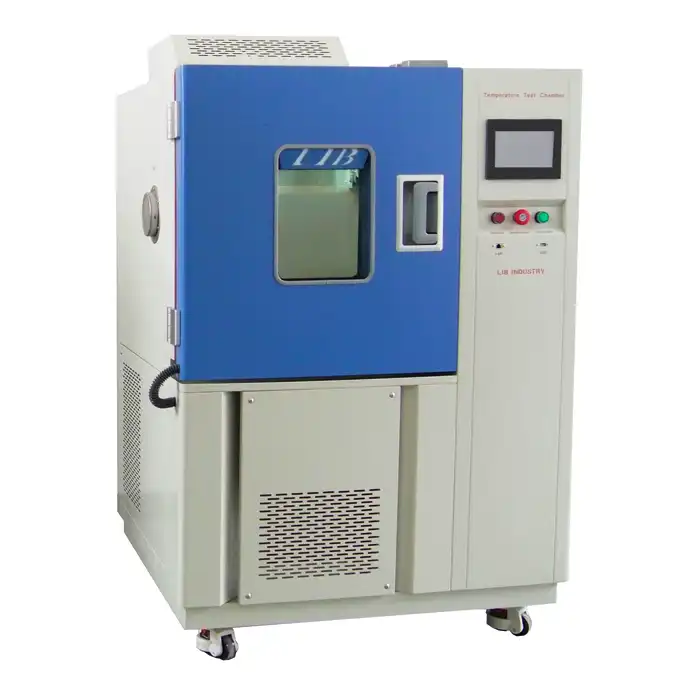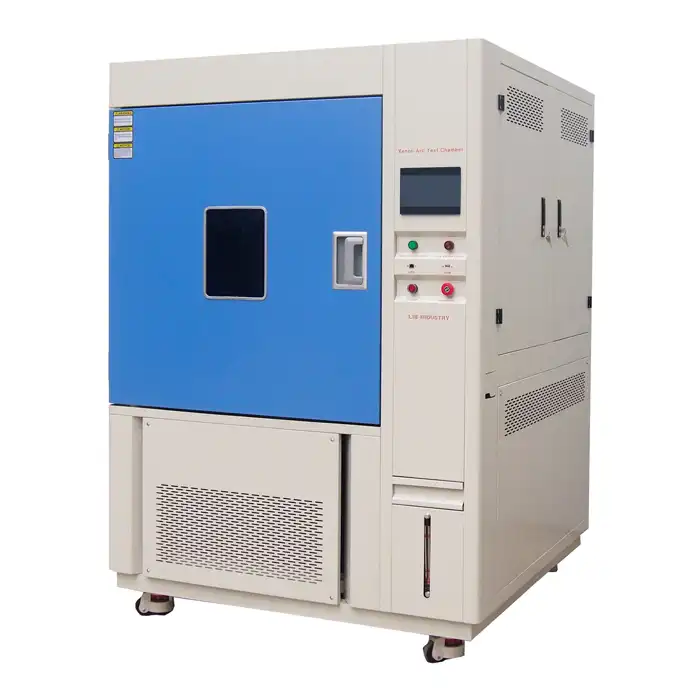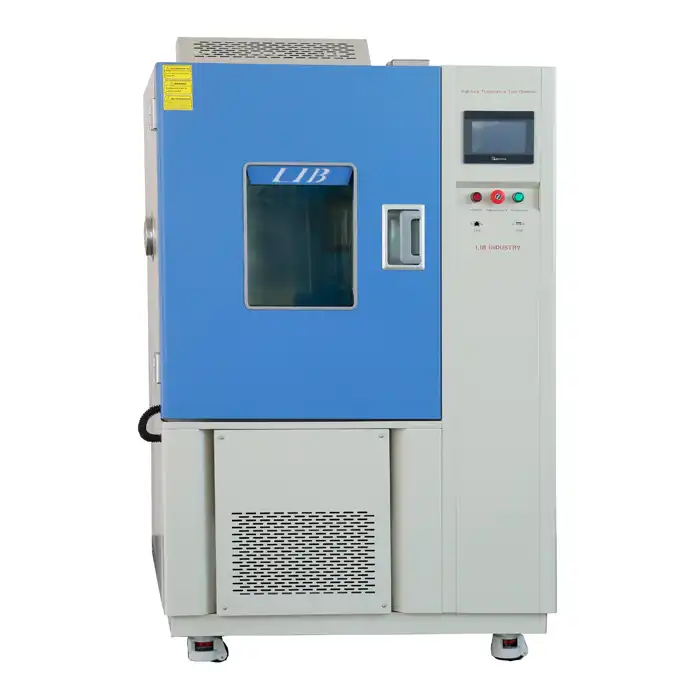How to Use a Benchtop Environmental Test Chamber?
Benchtop environmental test chambers are indispensable tools in various industries, allowing researchers and engineers to simulate diverse environmental conditions for product testing. These compact yet powerful devices offer a controlled environment to evaluate the performance, durability, and reliability of materials and components under specific temperature and humidity conditions. In this comprehensive guide, we'll explore the intricacies of using a benchtop environmental test chamber effectively, ensuring you maximize its potential for your testing needs.

Understanding Benchtop Environmental Test Chamber Basics
Before delving into the operational aspects, it's crucial to grasp the fundamental concepts behind benchtop environmental test chambers. These versatile instruments are designed to replicate a wide range of environmental conditions, enabling researchers to conduct thorough and accurate tests on various products and materials.
Components of a Benchtop Environmental Test Chamber
A typical benchtop environmental test chamber comprises several key components:
Each of these elements plays a vital role in creating and maintaining the desired environmental conditions within the chamber.
Types of Tests Conducted
Benchtop environmental test chambers are utilized for a myriad of tests, including:
- Temperature cycling
- Humidity resistance
- Thermal shock
- Accelerated aging
- Stability testing
Understanding the specific requirements of your test will help you leverage the full capabilities of your benchtop environmental test chamber.
Selecting the Right Chamber
Choosing the appropriate benchtop environmental test chamber depends on several factors:
- Temperature and humidity range requirements
- Chamber size and capacity
- Test duration
- Specimen characteristics
- Budget constraints
Carefully consider these aspects to ensure you select a chamber that aligns with your testing needs.
Preparing for Testing with Your Benchtop Environmental Test Chamber
Proper preparation is key to obtaining accurate and reliable results from your benchtop environmental test chamber. By following a systematic approach, you can ensure that your tests are conducted efficiently and effectively.
Calibrating Your Chamber
Regular calibration of your benchtop environmental test chamber is crucial for ensuring precise measurements and reliable performance. This process usually includes verifying the accuracy of temperature and humidity sensors, fine-tuning control parameters, and documenting the calibration results for future reference. Always refer to your chamber's manual for detailed calibration procedures and recommended intervals to keep your equipment in optimal condition.
Preparing Test Specimens
Proper specimen preparation is essential for achieving reliable and meaningful test results. Begin by cleaning and drying each specimen thoroughly to remove any contaminants. It's important to ensure that all specimens are of consistent size and shape, which helps minimize variability in your results. Additionally, clearly label each specimen for easy identification during testing. Handle them carefully to avoid introducing any unwanted variables that could skew your findings.
Setting Up Test Parameters
Accurately configuring your benchtop environmental test chamber is crucial for successful testing outcomes. Begin by clearly defining the temperature and humidity setpoints needed for your specific tests. Next, establish appropriate ramp rates and dwell times to ensure the specimens are exposed to the desired conditions effectively. If your testing requires cycling or specific profile settings, be sure to program those as well. Always double-check all parameters before starting the test to prevent costly mistakes or delays.
Conducting Tests and Analyzing Results
With your benchtop environmental test chamber prepared and configured, you're ready to commence testing. Proper test execution and result analysis are crucial for deriving valuable insights from your experiments.
Monitoring Test Progress
Throughout the testing process, it's essential to remain vigilant by regularly checking the chamber conditions to ensure they align with your specified parameters. Keep an eye on specimen behavior, especially if it’s visible, as this can provide insights into how they are reacting to the environmental conditions. Be sure to document any anomalies or deviations you observe. Many modern benchtop environmental test chambers now offer remote monitoring capabilities, enabling you to track progress conveniently from a distance without needing to be physically present.
Data Collection and Management
Effective data management is vital for achieving meaningful analysis of your test results. Start by using reliable data logging tools that accurately capture all relevant information. Ensure that you implement proper data backup and storage solutions to safeguard your data against loss. Organizing your data for easy retrieval and comparison will enhance your analysis process. Consider leveraging specialized software designed for environmental test data management to simplify and streamline these tasks, making your workflow more efficient.
Interpreting Test Results
Analyzing the data from your benchtop environmental test chamber involves several key steps. First, compare the results against predefined acceptance criteria to determine compliance. Next, look for trends or patterns in the data that could reveal insights about the specimens' performance. It’s also important to correlate the environmental conditions with the observed specimen behavior to understand their interactions better. Collaborating with subject-matter experts can greatly enhance the accuracy of your interpretations, ensuring a comprehensive understanding of your test results.
Conclusion
Mastering the use of a benchtop environmental test chamber opens up a world of possibilities for product development and quality assurance. By understanding the fundamentals, preparing meticulously, and executing tests with precision, you can harness the full potential of these powerful instruments. Remember that practice and experience will enhance your proficiency in using benchtop environmental test chambers, leading to more insightful and reliable test results.
Contact Us
LIB Industry specializes in providing comprehensive turn-key solutions for environmental testing, including research, design, production, commissioning, delivery, installation, and training. Our expert team is ready to assist you in selecting the perfect benchtop environmental test chamber for your specific needs and guide you through its optimal use. For more information about our products and services, please don't hesitate to reach out to us at info@libtestchamber.com.
References
1. Johnson, A. R. (2019). Environmental Testing Methodologies: A Comprehensive Guide. Journal of Materials Science and Engineering, 45(3), 287-302.
2. Smith, B. L., & Thompson, C. D. (2020). Advancements in Benchtop Environmental Test Chamber Technology. International Journal of Environmental Testing, 12(2), 156-171.
3. Patel, R. K., et al. (2018). Best Practices for Calibrating and Maintaining Environmental Test Chambers. Quality Assurance in Materials Testing, 33(4), 412-428.
4. Lee, S. H., & Wong, M. Y. (2021). Data Analysis Techniques for Environmental Testing: From Raw Data to Actionable Insights. Journal of Quality Control and Reliability Engineering, 17(1), 78-95.
5. Garcia, F. J., & Nakamura, T. (2017). The Impact of Environmental Testing on Product Development Cycles. Product Innovation Management Review, 9(3), 235-251.
6. Chen, L., et al. (2022). Emerging Trends in Benchtop Environmental Test Chamber Applications across Industries. Environmental Testing and Analysis, 28(2), 189-205.








